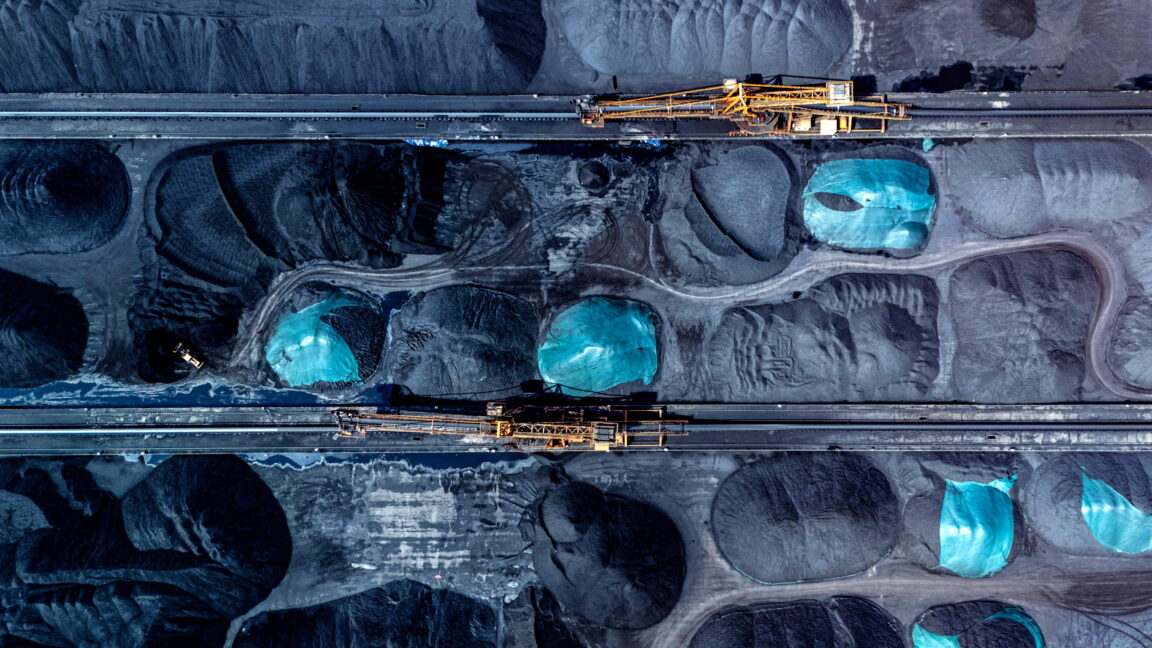The World’s Top Fossil Fuel Producers Continue to Boost Output Despite Rising Concerns Over Climate Change
In recent years, the world has witnessed some of its hottest temperatures in history, devastating wildfires, and severe flooding. These extreme weather events have been exacerbated by human activities that contribute to climate change, primarily the burning of fossil fuels such as coal, oil, and gas. The latest report from the Production Gap, a biennial study that assesses government plans and projections for fossil fuel production, reveals that top producers are planning to increase their output in 2030 despite this alarming trend.
According to the report, which was released on Monday, governments now expect to produce more than twice as much coal, oil, and gas in 2030 as would be consistent with the goals of the Paris Agreement. This level is slightly higher than what it was in 2023, the last time the Production Gap report was published. The increase is primarily driven by a slower projected phaseout of coal and higher outlook for gas production by top producers such as China and the United States.
The Production Gap report, written by researchers at the Stockholm Environment Institute, Climate Analytics, and the International Institute for Sustainable Development, aims to highlight the significant gap between fossil fuel production plans and international climate goals. The report’s findings are especially alarming, given the record-breaking climate impacts in recent years, a growing economic case for renewable energy, and increasing societal demand for climate action.
The Role of Governments in Encouraging Fossil Fuel Production
Governments have a crucial role to play in shaping the future of fossil fuel production. As Christiana Figueres, former executive secretary of the United Nations Framework Convention on Climate Change, noted in her foreword to the report, "Governments have such a significant role in setting up the rules of the game." The Production Gap report reveals that many governments are failing to use their influence for good, instead allowing policies that encourage or enable fossil fuel production to continue.
The report highlights the need for governments to adapt their policies to align with climate targets. Currently, the world’s largest fossil fuel producers are planning to mine and drill even more of these fuels in 2030. This is in direct conflict with international agreements such as the Paris Agreement, which aims to limit global warming to well below 2°C (3.6°F) above pre-industrial levels.
The United States: A Starkest Case of Fossil Fuel Commitment
The report singles out the United States as "the starkest case of a country recommitting to fossil fuels." Since January, Congress has enacted billions of dollars in new subsidies for oil and gas companies. The Trump administration has also forced retiring coal plants to continue operating, expanded mining and drilling access on public lands, delayed deadlines for drillers to comply with limits on methane pollution, and fast-tracked fossil fuel permitting while setting roadblocks for building wind and solar energy projects.
Global Fossil Fuel Production: A Staggering Gap
The report assesses the government plans or projections of 20 of the world’s top producers. These countries account for more than 80% of global fossil fuel output, with some having state-owned enterprises while others are dominated by publicly listed companies. The modeling scenarios used in the report reveal that expected global output of coal, oil, and gas for 2030 is now 120% higher than what would be consistent with pathways to limit warming to 1.5°C (2.7°F) above pre-industrial levels.
A Brighter Future?
While some countries are taking steps in the right direction, such as Germany’s accelerated phase-out of coal production and China’s deployment of wind and solar energy, these efforts fall far short of what is needed to align fossil fuel production with climate goals. The report calls on governments to coordinate their policies and plan for how they can collectively lower production while avoiding negative economic impacts.
Conclusion
The Production Gap report paints a stark picture of the world’s continued reliance on fossil fuels despite mounting evidence of the dangers of climate change. As Ira Joseph, a senior research associate at the Center on Global Energy Policy at Columbia University, noted, "Any type of tax breaks or subsidies or however you want to call them lowers the break-even cost for producing oil and gas." The world’s top producers must work together to align their fossil fuel production plans with climate targets and ensure a more sustainable future for all.

